Find Help
More Items From Ergsy search
-

Osteoarthritis of the Hip
Relevance: 100%
-

Osteoarthritis of the Hip
Relevance: 99%
-

Osteoarthritis: Elaine's story | NHS
Relevance: 93%
-
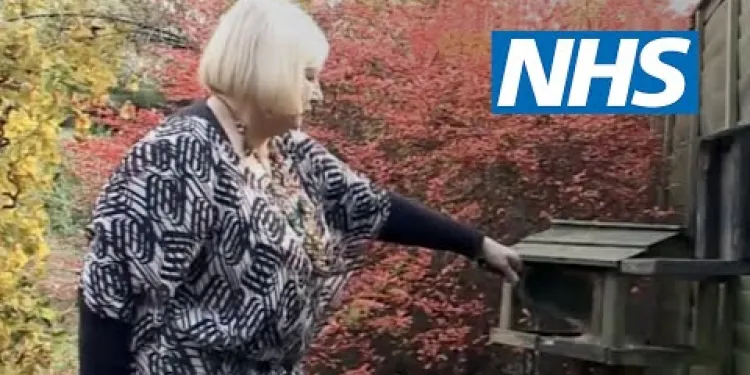
Osteoarthritis: Elaine's story | NHS
Relevance: 93%
-
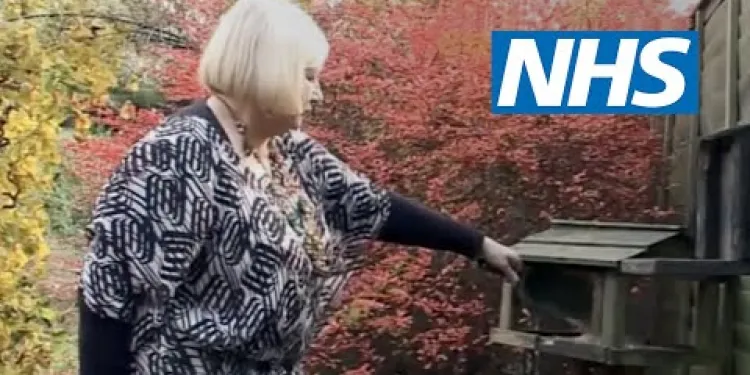
Osteoarthritis: Elaine's story | NHS
Relevance: 92%
-
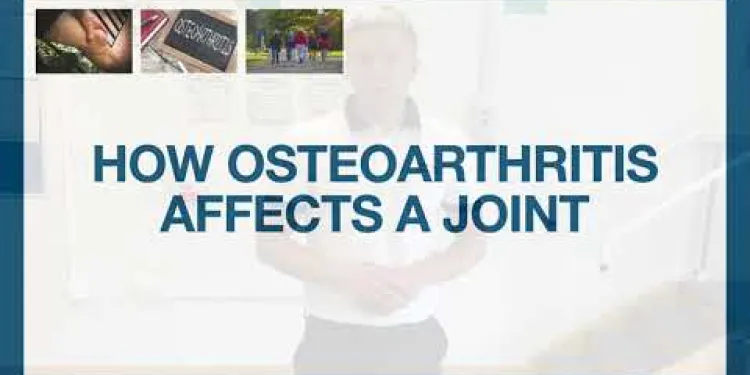
Part One: Understanding Osteoarthritis- MSK Physiotherapy
Relevance: 87%
-
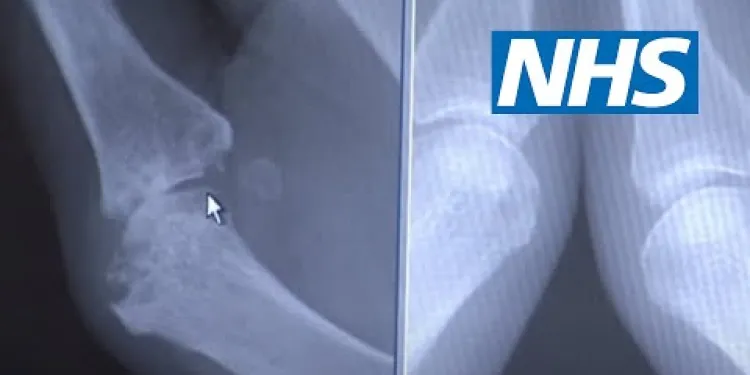
Rheumatoid arthritis | NHS
Relevance: 28%
-

What health risks are associated with obesity?
Relevance: 19%
-

Hip replacement
Relevance: 18%
-
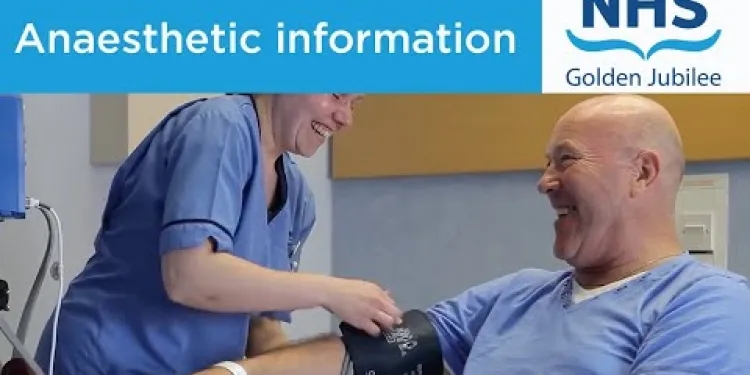
Knee replacement
Relevance: 18%
-
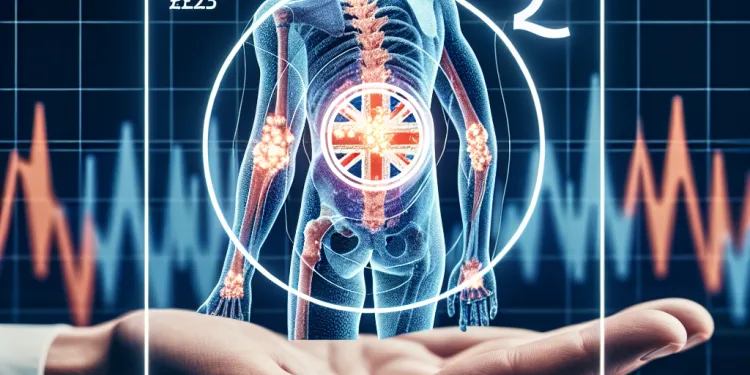
Can chiropractic care help with arthritis?
Relevance: 17%
-
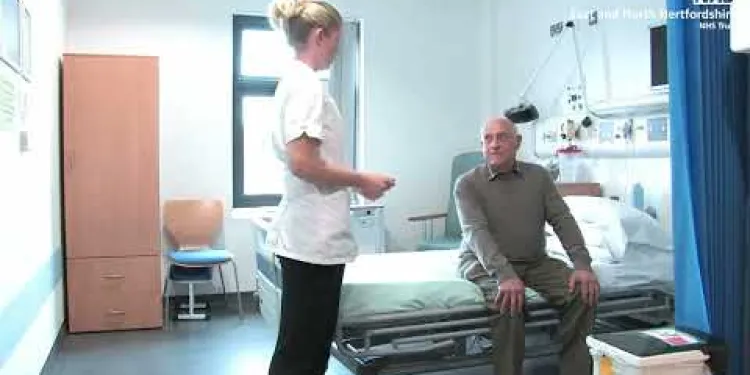
A journey to hip surgery
Relevance: 17%
-

Do I need a Hip Replacement?
Relevance: 17%
-
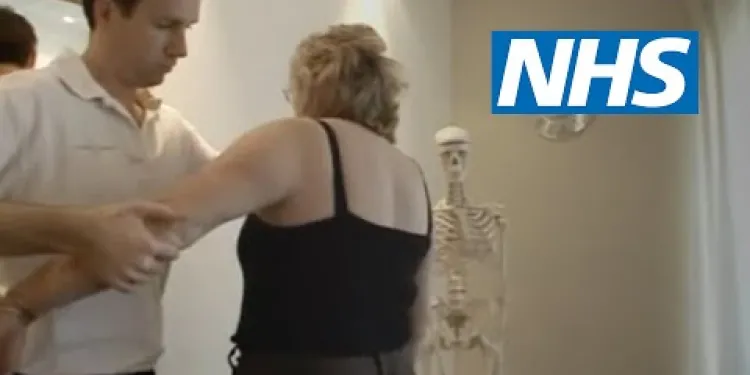
Shoulder pain | NHS
Relevance: 17%
-
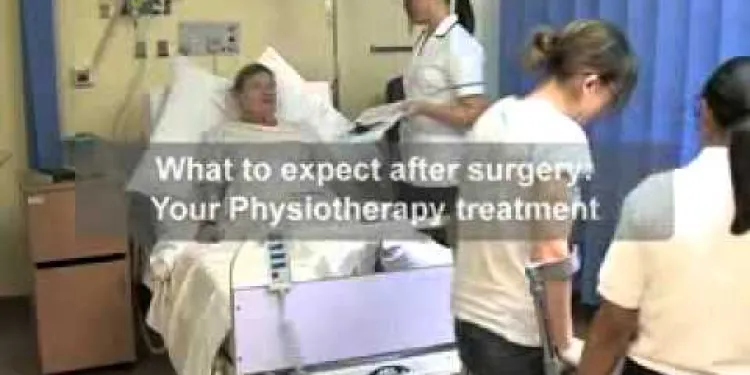
Total hip replacement
Relevance: 13%
-

Total Hip Replacement
Relevance: 12%
-
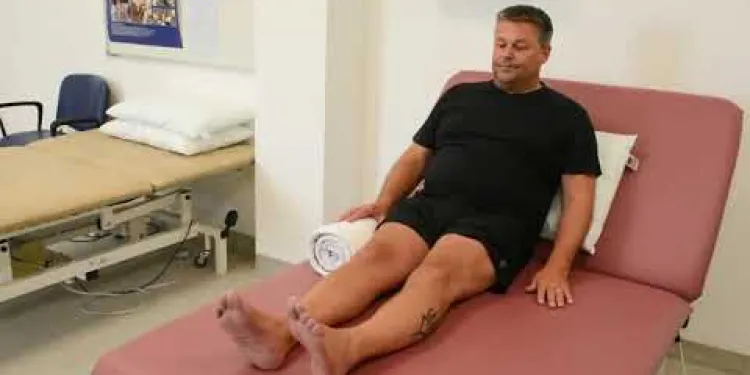
Joint School - Knee Exercises
Relevance: 12%
-

Total Knee Replacement
Relevance: 12%
-

What is Ibuprofen?
Relevance: 12%
-
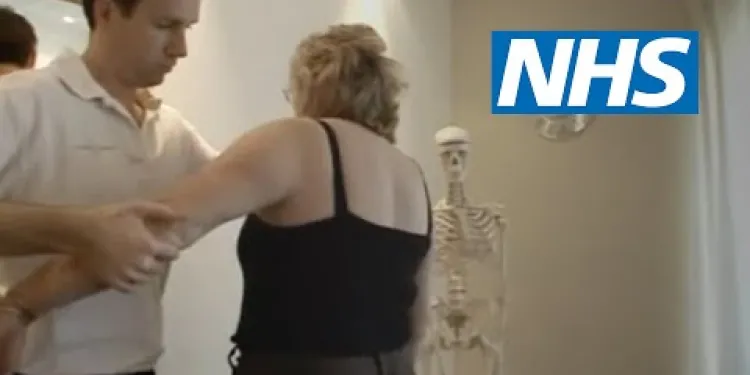
Shoulder pain | NHS
Relevance: 11%
-

Total knee replacement
Relevance: 11%
-

MSK Lower Back Pain information video
Relevance: 11%
-

What is a hip replacement?
Relevance: 11%
-

How long do hip replacement implants last?
Relevance: 11%
-
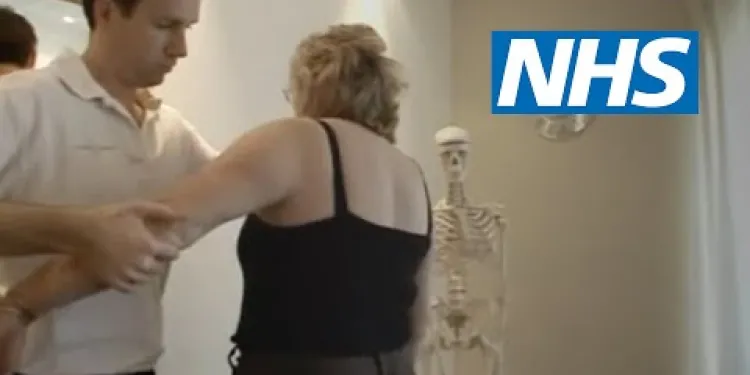
Shoulder pain | NHS
Relevance: 9%
-

Mechanical Lower Back Pain
Relevance: 6%
-

Greater trochanteric pain syndrome
Relevance: 6%
-
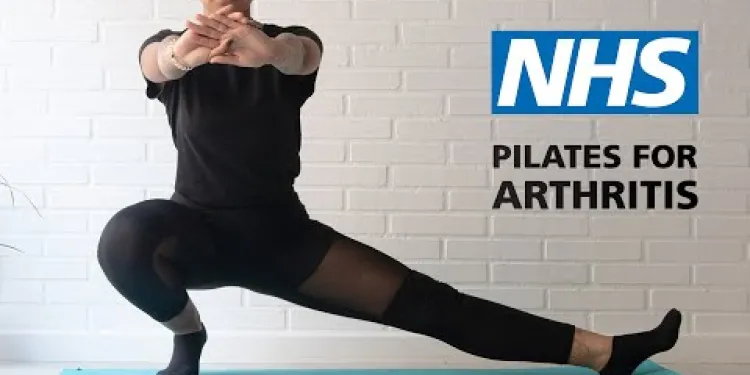
Pilates for Arthritis | NHS
Relevance: 6%
-

What complications are associated with Type 2 Diabetes?
Relevance: 6%
-

Obesity
Relevance: 5%
Osteoarthritis: Elaine's Story
Introduction to Osteoarthritis
Osteoarthritis is a common condition in the UK, affecting millions of people. It is a degenerative joint disease that primarily affects the cartilage, the smooth tissue covering the ends of bones in a joint. This condition leads to pain, stiffness, and can significantly reduce the quality of life.Elaine's Experience with Osteoarthritis
Elaine, a 65-year-old retired teacher from Manchester, first started experiencing symptoms of osteoarthritis about ten years ago. Her journey reflects the struggles and triumphs many face when dealing with this condition.Initial Symptoms and Diagnosis
Elaine began noticing stiffness in her knees and hips, especially in the mornings. Concerned, she visited her GP, who referred her to a rheumatologist. After a thorough examination and a series of X-rays, Elaine was diagnosed with osteoarthritis. This news was initially overwhelming, but having a clear diagnosis helped Elaine understand the cause of her discomfort.Managing Daily Life
Elaine's approach to managing her osteoarthritis involves a combination of lifestyle changes and treatments. She follows a balanced diet rich in fruits, vegetables, and omega-3 fatty acids to help manage inflammation. Regular, low-impact exercise like swimming and walking has also been crucial in maintaining joint mobility and reducing stiffness.Medical Treatment and Support
Elaine's treatment plan includes pain relief medication and physiotherapy sessions. Her physiotherapist has provided her with exercises tailored to strengthen the muscles around her joints, improving stability and reducing pain. Elaine also occasionally uses assistive devices, such as a walking stick, to ease the strain on her joints during flare-ups.Emotional and Community Support
Dealing with a chronic condition can be emotionally challenging. Elaine has found comfort in joining a local support group for people with arthritis. Sharing her experiences and hearing others' stories have been invaluable in providing emotional support and practical advice.Continuing to Thrive
Despite the challenges, Elaine remains hopeful and proactive about her condition. She stays informed about the latest osteoarthritis research and treatments through resources provided by the NHS and arthritis organisations in the UK. By staying positive and adapting her lifestyle, Elaine continues to enjoy a fulfilling life, incorporating activities she loves, such as gardening and spending time with her grandchildren.Conclusion
Elaine's story is a testament to how people with osteoarthritis can lead active, fulfilling lives with the right support and management strategies. For those in the UK affected by osteoarthritis, the NHS provides valuable information, resources, and support to help manage the condition effectively.Osteoarthritis: Elaine's Story
What is Osteoarthritis?
Osteoarthritis is a common problem in the UK. It affects many people. It is a disease that makes the joints in the body hurt. It mostly affects the smooth part of the joint called cartilage. This can cause pain and make it hard to move.Elaine's Experience with Osteoarthritis
Elaine is 65 years old. She used to be a teacher and lives in Manchester. She started noticing signs of osteoarthritis about ten years ago. Her story shows what life can be like with this disease.First Signs and Knowing the Problem
Elaine felt her knees and hips getting stiff, especially in the mornings. She was worried, so she went to see her doctor. The doctor sent her to a specialist who took X-rays. They told her she had osteoarthritis. This was hard to hear, but knowing what was wrong helped Elaine understand why she was in pain.Living Day by Day
Elaine handles her osteoarthritis with changes to her life and treatments. She eats healthy foods like fruits, vegetables, and fish oil to help with swelling. She also exercises by swimming and walking. This helps her joints stay flexible and less stiff.Doctors and Helping Hands
Elaine takes medicine to help her pain. She also goes to see a physiotherapist. They teach her exercises to make her muscles strong so her joints hurt less. Sometimes, Elaine uses a walking stick to help when her joints really hurt.Support from Others
Having a condition like this can be hard on feelings. Elaine joined a support group for people with arthritis. Talking to others and hearing their stories has helped her feel better and find good advice.Staying Happy and Active
Even with the challenges, Elaine stays positive. She learns about new treatments from the NHS and arthritis groups. By staying hopeful and changing her habits, Elaine enjoys life. She loves gardening and being with her grandchildren.Conclusion
Elaine's story shows that people with osteoarthritis can still live happy lives with the right help and choices. In the UK, the NHS gives useful information and support to help manage this condition well.Frequently Asked Questions
What is osteoarthritis?
Osteoarthritis is a degenerative joint condition characterized by the breakdown of cartilage, leading to pain and stiffness in the affected joints.
Who is Elaine?
Elaine is a patient who shares her personal experience of living with osteoarthritis, providing insight into how she manages the condition.
What are the common symptoms of osteoarthritis?
Common symptoms include joint pain, stiffness, swelling, and reduced range of motion in the affected joints.
How does Elaine manage her osteoarthritis?
Elaine manages her osteoarthritis through a combination of medication, physical therapy, lifestyle changes, and regular exercise.
What medications are commonly prescribed for osteoarthritis?
Common medications include pain relievers such as paracetamol, nonsteroidal anti-inflammatory drugs (NSAIDs), and sometimes corticosteroid injections.
Are there any lifestyle changes that can help with osteoarthritis?
Yes, maintaining a healthy weight, engaging in regular low-impact exercise, and eating a balanced diet can help manage osteoarthritis symptoms.
What types of exercises are beneficial for osteoarthritis?
Beneficial exercises include swimming, walking, cycling, and gentle strength training, all of which help maintain joint mobility and reduce pain.
Can physical therapy help with osteoarthritis?
Yes, physical therapy can help improve joint function, reduce pain, and increase strength and flexibility in the affected joints.
What role does diet play in managing osteoarthritis?
A balanced diet rich in antioxidants, vitamins, and minerals can help reduce inflammation and support overall joint health.
Is surgery ever necessary for osteoarthritis?
In severe cases where other treatments have not been effective, surgery such as joint replacement may be considered.
How does osteoarthritis affect daily life?
Osteoarthritis can make everyday activities such as walking, climbing stairs, and even gripping objects difficult and painful.
Are there any support resources for people with osteoarthritis?
Yes, there are various support groups, online communities, and resources available through organizations like the NHS and arthritis charities.
Can osteoarthritis be prevented?
While it may not be entirely preventable, maintaining a healthy lifestyle with regular exercise and a balanced diet can reduce the risk.
How important is early diagnosis of osteoarthritis?
Early diagnosis is crucial as it allows for timely management of the condition, which can help reduce symptoms and improve quality of life.
What are some common misconceptions about osteoarthritis?
Common misconceptions include the belief that osteoarthritis only affects the elderly, that it is caused solely by aging, and that nothing can be done to alleviate the symptoms.
What is osteoarthritis?
Osteoarthritis is a type of illness that affects our body joints. Joints are the places in our body where bones meet. It can make these places hurt and hard to move.
If you have osteoarthritis, your joints might feel stiff, sore, and swollen. It happens most often in knees, hips, and hands. It usually affects older people.
Here are some ways to help:
- Exercise regularly to keep joints moving.
- Use pain relief creams or medicines if needed.
- Talk to a doctor or nurse for more advice.
- Use tools like grab bars or canes to help move around safely.
Osteoarthritis is a condition that affects the joints in our body. It happens when the smooth stuff called cartilage breaks down. This can make your joints hurt and feel stiff.
Who is Elaine?
Elaine is a person. Here are some tools that can help you learn more:
- Ask someone you know to help you read about Elaine.
- Use pictures or videos to learn more about her.
- Use simple words when you want to talk about Elaine.
Elaine is a person who talks about having a sickness called osteoarthritis. She shares how she deals with it in her life.
What are the common signs of osteoarthritis?
Osteoarthritis is a condition that affects the joints. Here are some signs you might notice:
- Feeling pain in your joints.
- Having stiff or hard-to-move joints.
- Swelling around your joints.
- A feeling of grating when you move.
- Your joints might not move as well as they used to.
If you are worried about any of these signs, it’s good to talk to a doctor. They can help you understand what you are feeling. You might also find it helpful to use a diary to keep track of your symptoms. Writing down when you feel pain or stiffness can help you and your doctor understand your condition better.
People often feel pain in their joints. Their joints might be stiff or swollen. It can be hard to move the affected joints as much as usual.
How does Elaine take care of her osteoarthritis?
Elaine has a condition called osteoarthritis. This means her joints hurt and can be stiff.
Elaine does a few things to feel better:
- She takes medicine that the doctor gives her. This helps with the pain.
- She does exercises. Moving helps her joints stay flexible.
- She rests when she feels tired. This helps her body heal.
- She uses hot or cold packs on her joints to feel better.
Elaine talks to her doctor often. The doctor helps her find new ways to feel better.
If you have osteoarthritis, you can try these things too. Always talk to your doctor. They can help you.
Elaine takes care of her sore joints by using medicine, doing special exercises, changing her daily activities, and moving her body regularly.
What medicines do doctors give for joint pain (osteoarthritis)?
Doctors give medicine to help with joint pain. These medicines can help with pain and make it easier to move.
- **Pain Medicine**: This helps stop the pain in your joints. An example is paracetamol.
- **Anti-inflammatory Medicine**: This helps reduce swelling and pain. An example is ibuprofen.
- **Creams and Gels**: These can be rubbed on the skin to help sore joints feel better.
If you have trouble taking medicine, you can ask someone you trust to help you.
**Tools to help:**
- A **pill organizer** can help you remember to take your medicines.
- **Alarms** on a phone or clock can remind you when to take your medicine.
Common medicines people use are pain pills. These include paracetamol, NSAIDs, and sometimes special shots called corticosteroid injections.
If you find reading hard, you can try to:
- Read with a friend or family member.
- Use audiobooks to listen while you read.
- Take breaks often so you don't get tired.
Can changing how I live help with osteoarthritis?
Yes, there are ways to feel better if you have osteoarthritis. Here are some tips:
- Stay Active: Playing, walking, or swimming can help your joints stay loose. Try to move every day.
- Eat Healthy: Eating fruits, veggies, and not too much junk food is good for your body.
- Keep a Healthy Weight: It helps your knees and hips feel better.
- Rest: Make sure you get enough sleep and rest when you are tired.
- Use Support: Walking sticks, braces, or special shoes can help make walking easier.
Try to do these things, and always talk to your doctor if you have questions.
Yes, staying at a healthy weight, doing gentle exercises often, and eating healthy foods can help with osteoarthritis.
What exercises are good for helping with osteoarthritis?
Exercises can help if you have osteoarthritis. Here are some good ones:
- Walking: Going for a walk is good for your joints.
- Swimming: Swimming helps because it is easy on your joints.
- Stretching: Stretching helps keep your body flexible.
- Strength Exercises: Lifting light weights makes your muscles strong.
Always remember to start slow and talk to a doctor or therapist if you need help. You can use pictures or videos to see how to do the exercises.
Good exercises are swimming, walking, biking, and light strength training. These help keep your joints moving and can make pain less.
Can exercises help with joint pain?
Do you have pain in your joints? This is called osteoarthritis. Doing exercises can help make your joints feel better. Physical therapy is like a special exercise lesson. A therapist teaches you moves to get stronger and feel less pain.
Using simple tools like stretchy bands or a small ball can be fun and help you exercise. Remember to ask someone if you need help with the exercises.
Yes, physical therapy can help your joints move better. It can also make pain go away and help you get stronger and more flexible.
How can food help with osteoarthritis?
Osteoarthritis is a condition that affects the joints, making them painful and stiff. The right food can help manage this condition. Eating healthy can help you feel better.
- Eat more fruits and vegetables: These foods have vitamins and are good for your joints.
- Choose whole grains: Foods like brown rice and whole wheat bread can help your body stay strong.
- Include healthy fats: Foods like fish, nuts, and olive oil can help your joints.
- Drink enough water: Water helps the body and joints stay healthy.
It is always good to talk with a doctor or a nutritionist for advice that is right for you.
Eating healthy foods can help your joints feel better. Foods with antioxidants, vitamins, and minerals are good for you. They can help reduce swelling and keep your joints healthy.
Do you need surgery for osteoarthritis?
Osteoarthritis is when your joints hurt and are stiff. Most people do not need surgery for osteoarthritis.
- Usually, rest, exercise, and medicine can help.
- Surgery is only needed if the pain is very strong and other treatments do not help.
If you're not sure, ask your doctor. They can help you decide what is best for you.
Using pictures, videos, or talking with someone can also help understand more about osteoarthritis.
If other treatments don't work, doctors might think about surgery. This could mean getting a new joint, like a new hip or knee.
How does osteoarthritis change daily life?
Osteoarthritis is a joint problem. It can make moving hard. It might hurt when you walk, play, or do activities. It can make you feel tired and sad too.
Here are some things that might help:
- Ask a doctor for advice.
- Use a walking stick to help you walk better.
- Try gentle exercises like stretching.
- Take breaks to rest your joints.
- Use a soft cushion when sitting.
Osteoarthritis can make simple things like walking, going up stairs, and holding things hard and painful to do.
Is there help for people with osteoarthritis?
Yes, there is help for people with osteoarthritis. Osteoarthritis makes your joints hurt and feel stiff.
Here are some ways to get help:
- Doctors: A doctor can tell you what to do to feel better.
- Physiotherapy: A physiotherapist can show you special exercises.
- Support groups: You can talk to other people with osteoarthritis. It can make you feel better to share your story.
- Online resources: There are websites with tips and advice.
Remember, you are not alone. There are people and tools to help you feel better.
Yes, there are many places you can get help. There are support groups, online communities, and resources. You can find them through the NHS and arthritis charities.
Can you stop osteoarthritis from happening?
We can't always stop it, but we can help by eating healthy food and doing exercise. These things can make it less likely to happen.
Why is it important to find out about osteoarthritis early?
Finding out if you have osteoarthritis early is very important.
- If you know you have it, you can start treatment sooner.
- Treatment can help with pain and make moving easier.
- Doctors can give you advice on how to take care of your joints.
- You might need to exercise or eat healthy foods.
If you think you might have osteoarthritis, talk to a doctor. They can help you feel better.
Using things like picture books or audio stories can help understand more about it.
Finding health problems early is very important. It helps doctors start treatment sooner. This can make you feel better and help you live a happier life.
What do people often get wrong about osteoarthritis?
Osteoarthritis is a condition that affects the joints. Here are some things people often misunderstand:
- Only old people get it: That's not true. Younger people can have it too.
- It's just minor aches: Osteoarthritis can cause a lot of pain and stiffness.
- Exercise makes it worse: Gentle exercise can actually help keep your joints moving well.
- Nothing can be done: There are treatments that can help manage symptoms.
If you need help reading, try asking someone to read with you or use an audio tool to listen to the information. You can also break down sentences, read slowly, and ask questions if something is unclear.
Some people think that only old people get osteoarthritis. They also think it happens just because we get older. Many believe there is nothing that can help make it better.
Useful Links
- Ergsy carfully checks the information in the videos we provide here.
- Videos shown by Youtube after a video has completed, have NOT been reviewed by ERGSY.
- To view, click the arrow in centre of video.
- Most of the videos you find here will have subtitles and/or closed captions available.
- You may need to turn these on, and choose your preferred language.
- Go to the video you'd like to watch.
- If closed captions (CC) are available, settings will be visible on the bottom right of the video player.
- To turn on Captions, click settings .
- To turn off Captions, click settings again.
More Items From Ergsy search
-

Osteoarthritis of the Hip
Relevance: 100%
-

Osteoarthritis of the Hip
Relevance: 99%
-

Osteoarthritis: Elaine's story | NHS
Relevance: 93%
-

Osteoarthritis: Elaine's story | NHS
Relevance: 93%
-

Osteoarthritis: Elaine's story | NHS
Relevance: 92%
-

Part One: Understanding Osteoarthritis- MSK Physiotherapy
Relevance: 87%
-

Rheumatoid arthritis | NHS
Relevance: 28%
-

What health risks are associated with obesity?
Relevance: 19%
-

Hip replacement
Relevance: 18%
-

Knee replacement
Relevance: 18%
-

Can chiropractic care help with arthritis?
Relevance: 17%
-

A journey to hip surgery
Relevance: 17%
-

Do I need a Hip Replacement?
Relevance: 17%
-

Shoulder pain | NHS
Relevance: 17%
-

Total hip replacement
Relevance: 13%
-

Total Hip Replacement
Relevance: 12%
-

Joint School - Knee Exercises
Relevance: 12%
-

Total Knee Replacement
Relevance: 12%
-

What is Ibuprofen?
Relevance: 12%
-

Shoulder pain | NHS
Relevance: 11%
-

Total knee replacement
Relevance: 11%
-

MSK Lower Back Pain information video
Relevance: 11%
-

What is a hip replacement?
Relevance: 11%
-

How long do hip replacement implants last?
Relevance: 11%
-

Shoulder pain | NHS
Relevance: 9%
-

Mechanical Lower Back Pain
Relevance: 6%
-

Greater trochanteric pain syndrome
Relevance: 6%
-

Pilates for Arthritis | NHS
Relevance: 6%
-

What complications are associated with Type 2 Diabetes?
Relevance: 6%
-

Obesity
Relevance: 5%


